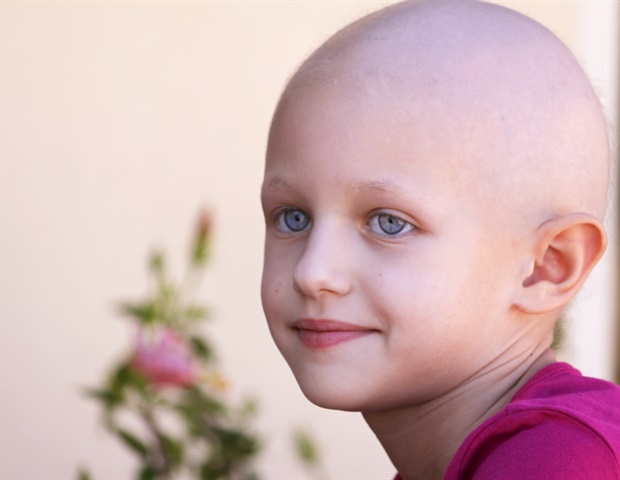Many children with ALL have a good outcome from their disease. After two years of chemotherapy treatment, nine out of ten children are cured. But some children have a more aggressive form of the disease. For example, children with the so-called Ikaros change in the DNA of their leukemia cells have a higher risk of the disease coming back after treatment. In order to improve the chances of survival and quality of life for all children with leukemia, the treatment protocol has been continually adapted over the years, based on the latest scientific knowledge.
This Saturday, Prof. Dr. Rob Pieters, Medical Director and Pediatric Oncologist at the Princess Maxima Center for Pediatric Oncology in the Netherlands, will present the results of the ALL-11 treatment protocol at the American Society of Hematology (ASH) annual conference. ). Dutch researchers observed the benefit of tailored treatment in specific groups of children with leukemia, including children with Ikaros anomaly. More than 800 children in the Netherlands were treated with this protocol between April 2012 and July 2020.
Three times lower risk of recurrence
Children with Ikaros leukemia received an additional year of chemotherapy in the “maintenance phase” on top of the first two years of treatment. This change reduced the risk of their cancer coming back by three times: this happened in only 9% of them, compared with 26% of children in the previous treatment protocol.
87% of children with Ikaros leukemia survived the disease for five years without the cancer coming back, an improvement from 72% in the previous protocol. Because of the additional year of chemotherapy, this group of children had a slightly higher risk of infection, but it was treatable. Prolonged therapy did not cause any additional side effects.
Analysis of data from all children with ALL, regardless of subtype, showed that the 5-year survival rate has gradually improved over the past 30 years from 80% to 94% with the ALL-11 protocol.
Safe reduction of treatment
In the ALL-11 protocol, clinicians and researchers also looked at the benefit of a less intensive treatment plan for three groups of children. This included children with a change in the DNA of their leukemia cells associated with a very high chance of recovery, and children with Down syndrome who experience more serious side effects. These children were treated without or with a lower dose of anthracyclines, a type of leukemia drug that increases the risk of heart damage and infections. The reduced treatment was successful: the children had the same or even better chances of survival, while their quality of life improved due to a lower risk of infections and damage to the heart.
Globally, there is a lot of interest in the Dutch research, as it has not been clear how to improve therapy for children with Ikaros leukaemia. The results have now been presented for the first time at the largest blood cancer conference and could lead to changes in treatment protocols for these children around the world.
Prof. Dr. Monique den Boer, medical biologist and group leader at the Princess Máxima Center for Pediatric Oncology, played an important role in the child-friendly therapy with the Ikaros gene change. She says:
‘The Ikaros mutation was first discovered about 15 years ago in children with leukemia who had a poor prognosis, thanks in part to the emergence of new DNA technologies. We saw that the cancer came back in many of these children shortly after completing the two-year treatment plan. I am very proud that our laboratory findings have now reached the clinic and can make a big difference for children with leukemia.’
Prof. Dr. Rob Pieters, a pediatric oncologist and medical director of the Princess Maxima Center for Pediatric Oncology, led the clinical study and presented the results at the American Society of Hematology Annual Meeting. He says:
‘The five-year survival rate for children with Acute lymphoblastic leukemia it has increased enormously since the 1960s, from zero to 94%, but the last few steps are the hardest. We are now one step closer to curing all children with ALL. We have also been able to largely eliminate a drug that poses a risk of heart damage from the treatment of children with a less aggressive form of the disease. Therefore, the latest results for children with leukemia fit perfectly with our mission: to cure more children with cancer, with fewer side effects.’
.
